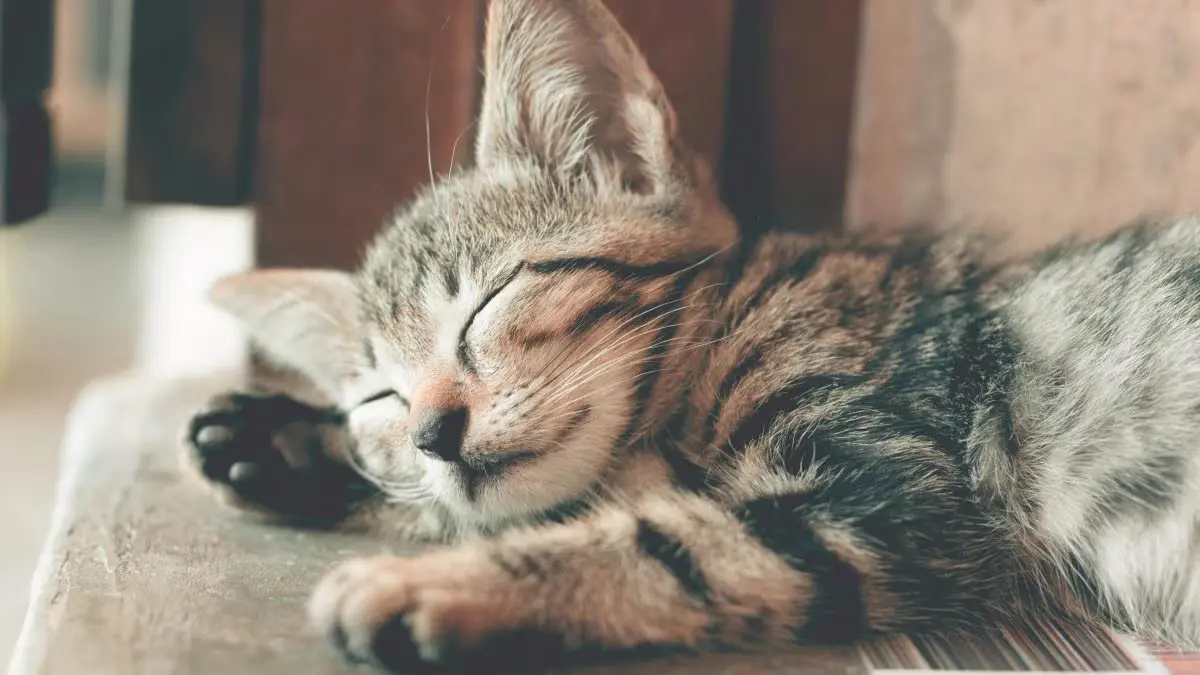The ongoing outbreak of bird flu, also known as H5N1, has raised serious concerns about the safety of raw pet food products, especially following a recent recall issued by a second raw pet food manufacturer in the United States. This recall comes after two households in Oregon reported that their cats had contracted the virus after consuming contaminated pet food from the same company. The situation escalated further when, earlier this week, two additional cats in Washington tested positive for H5N1, after eating food from Wild Coast Raw, a well-known brand in the raw pet food market. Tragically, one of the cats had to be euthanized, while the other remains in veterinary care.
This situation is a part of a broader pattern, as nearly 100 domesticated cats have tested positive for bird flu in the US, leading to a concerning number of fatal cases. The CDC and other health experts have linked this outbreak to raw pet food, which has become a significant risk factor for the transmission of avian influenza among cats. The current outbreak raises alarming questions about the safety of raw pet food, highlighting the potential dangers that pet owners face as they seek to feed their pets raw or minimally processed foods. As pet food recalls pile up, authorities are emphasizing the urgent need for increased regulation and awareness about the risks posed by such products.
Bird Flu in Raw Pet Food
H5N1, commonly known as bird flu, is a highly contagious virus that primarily affects birds but has spread to other animals, including cats. While this virus has been predominantly associated with poultry outbreaks, its transmission to domestic animals has raised alarm. Raw pet food, particularly those products made from raw poultry, is suspected to be the primary source of contamination. In this case, the contaminated meat in the pet food appears to have infected the cats who ate it, leading to their positive tests for H5N1.
The raw pet food industry has long been a subject of concern due to the potential for contamination with various pathogens, such as salmonella, E. coli, listeria, and toxoplasmosis, in addition to bird flu. These pathogens can have serious health consequences for both pets and humans, and the ongoing bird flu outbreak has only added to the concerns. With the rise in popularity of raw diets for pets, many owners are unaware of the risks that come with feeding their animals such food, which is why recent incidents are serving as a wake-up call.
In the case of the recent recalls, both pet owners and manufacturers are grappling with the implications of this situation. As more reports emerge of animals contracting avian influenza from contaminated pet food, the industry is being forced to reconsider its practices and look into more stringent safety standards to prevent the spread of these dangerous diseases. The health of domestic cats, in particular, is now at the forefront of this discussion, as they appear to be more susceptible to the virus than other pets, such as dogs.
Understanding the Risks to Pets and Humans
The impact of bird flu on cats and its potential transmission to humans is a serious public health issue. According to recent studies, domestic cats can contract the virus through direct contact with infected birds or contaminated environments, including pet food. While most people associate bird flu with large-scale poultry outbreaks, the virus has found a way to infiltrate the homes of pet owners, primarily through raw pet food products that are not properly regulated or tested for pathogens.
In addition to the risk to cats, there are concerns that H5N1 may spread to humans. Though human-to-human transmission of bird flu is rare, the virus can mutate and change, potentially enabling it to pass more easily from person to person. This potential for mutation is what makes the situation so concerning. While the World Health Organization (WHO) and other health agencies continue to monitor the situation, experts fear that the continued spread of the virus could lead to more widespread outbreaks, both in animals and humans. A recent study from the Centers for Disease Control and Prevention (CDC) has highlighted the potential for humans to transmit the virus to their cats, creating a cyclical risk that threatens both pet and public health.
In light of this, the US government has taken steps to monitor the spread of the virus, issuing guidance for pet owners and manufacturers alike. In a statement earlier this week, the CDC emphasized that cats should be kept indoors to limit their exposure to potential sources of the virus, such as infected birds or contaminated raw food. Additionally, the public has been advised to avoid feeding pets raw food products that may contain poultry, as this is the primary vector for H5N1 transmission.
The Impact on the Pet Food Industry
The raw pet food industry has long been a controversial topic, with proponents advocating for its nutritional benefits and others warning about the risks it poses to both pets and humans. This latest recall is just the beginning of what could be a larger wave of similar incidents, as more companies face scrutiny for their handling of raw meat and poultry in pet food products.
For many years, raw pet food manufacturers have argued that their products offer the most natural and healthiest diets for pets, often citing the ancestral diets of wild animals as evidence. However, this latest incident has prompted industry leaders to reconsider the safety and standards of raw meat production, particularly in light of increasing reports of illness linked to contaminated food. As pet owners become more aware of the risks, many are questioning whether the perceived benefits of feeding their pets raw food outweigh the potential health hazards.
While there is a growing trend toward raw pet food, it is important for pet owners to make informed decisions when choosing food for their pets. Consulting with veterinarians and ensuring that any raw pet food is sourced from trusted manufacturers that adhere to strict safety protocols is crucial in avoiding the risks associated with contamination. Additionally, many experts now recommend alternatives to raw pet food, such as cooked or commercially processed food, which carry less risk of contamination and offer a safer, more balanced nutritional profile for pets.
Public Health Measures and Recommendations
As the situation with bird flu continues to evolve, both pet owners and health authorities must take proactive steps to protect themselves and their pets. The CDC and other health organizations are offering the following recommendations to help limit the spread of bird flu and protect domestic animals:
- Keep pets indoors: To minimize exposure to infected birds and contaminated environments, it is crucial to keep cats indoors, especially those living in areas where bird flu is prevalent.
- Avoid raw pet food: Pet owners should avoid feeding raw food to their animals, particularly those containing poultry, until the risks associated with such products are fully addressed by manufacturers and regulatory agencies.
- Monitor pet health: Pet owners should remain vigilant for any signs of illness in their animals, including respiratory symptoms, lethargy, or changes in behavior, and seek veterinary care immediately if their pet shows any concerning symptoms.
- Stay informed: It is important to stay updated on the latest information from health authorities and manufacturers about the safety of pet food products and potential risks associated with bird flu.
The recent recall of raw pet food products due to bird flu contamination serves as a stark reminder of the risks associated with feeding pets raw meat, particularly when it comes to the transmission of avian influenza. As the outbreak continues to spread among both animals and humans, the need for greater awareness, regulation, and caution in the pet food industry has never been more urgent. While raw food diets may continue to be popular among some pet owners, it is crucial to weigh the potential risks against the benefits, particularly when it comes to the health and safety of both pets and their owners. The ongoing situation underscores the need for enhanced safety standards, better education for pet owners, and continued research into how to protect both pets and humans from the growing threat of avian influenza.























